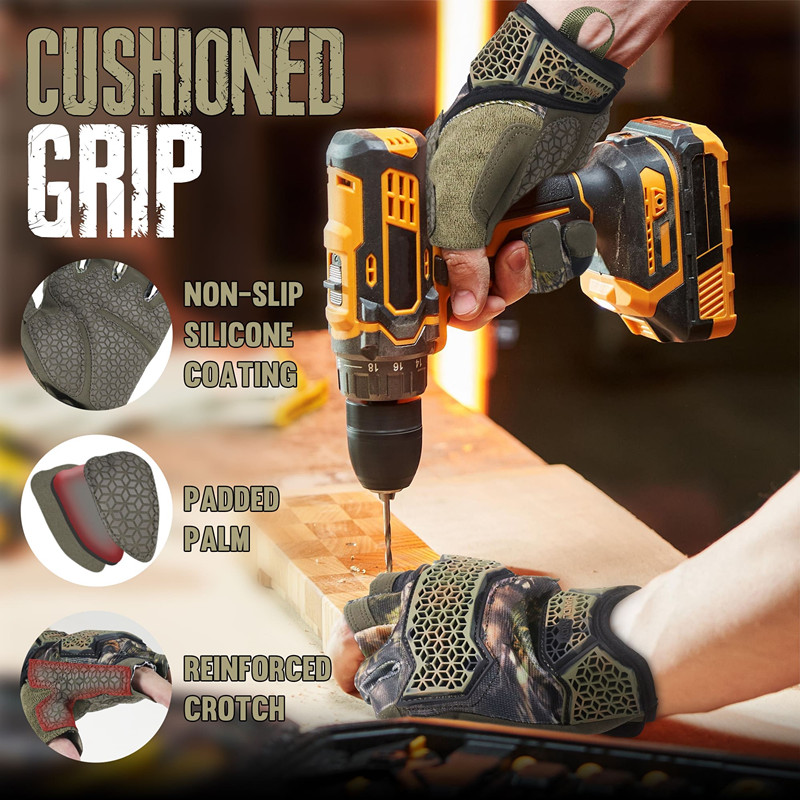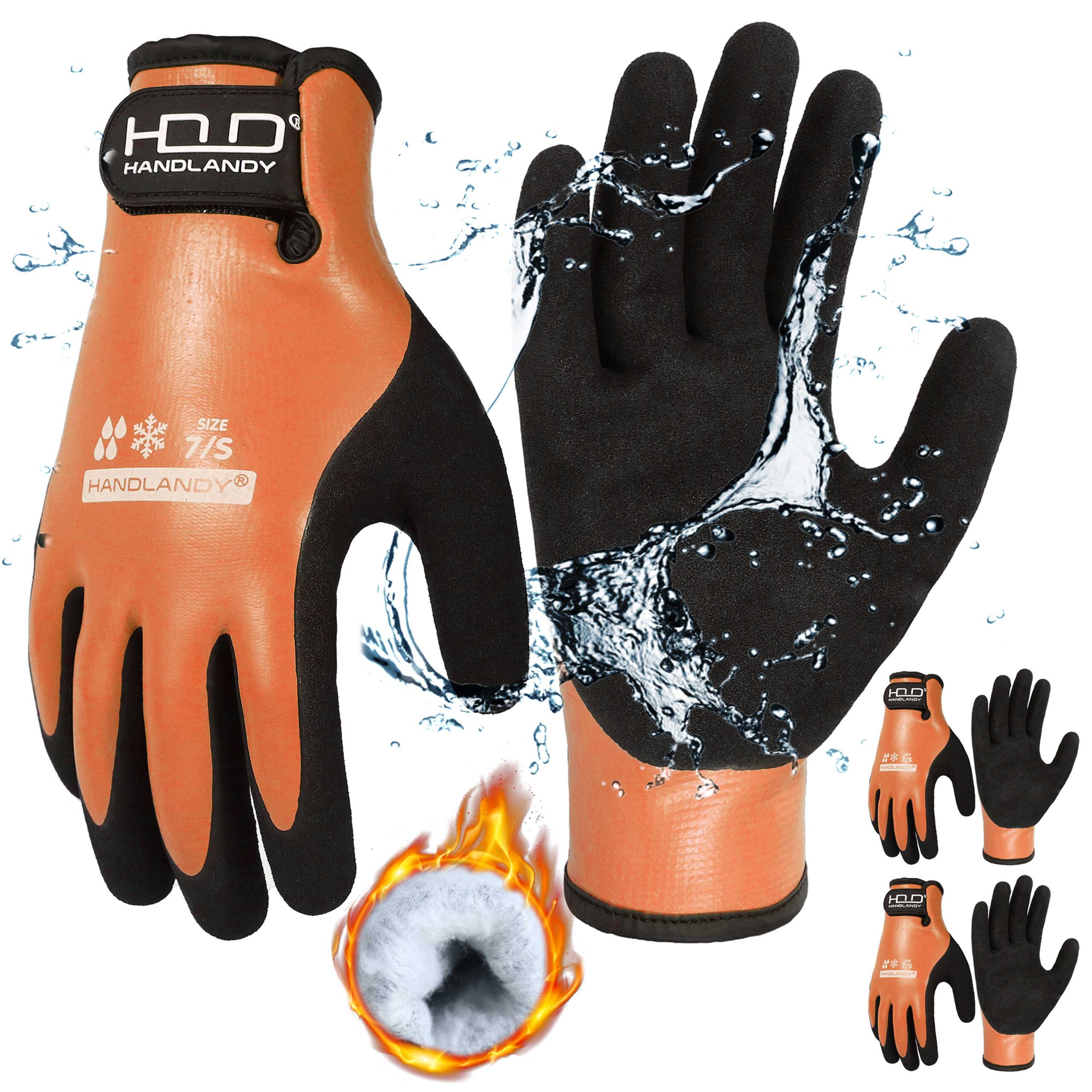Impact gloves are protective gloves designed to reduce the risk of hand injuries in hazardous environments. They are essential in industries like construction, oil and gas, and manufacturing, where workers are exposed to heavy tools, machinery, and falling objects.
How Do Impact Gloves Work?
Impact gloves protect hands by using special materials like thermoplastic rubber (TPR) to absorb and disperse impact energy. These materials are placed on key areas such as the back of the hand, knuckles, and fingers to minimize injuries caused by sudden or repetitive impacts.
Key Features of Impact Gloves
- Impact Resistance:
- TPR padding on knuckles and fingers absorbs shock and reduces injury risk.
- Reinforced backs provide protection against falling objects.
- Grip and Dexterity:
- Textured palms or coatings enhance grip in wet or oily conditions.
- Flexible materials allow easy hand movement for precision tasks.
- Durable Materials:
- Leather, synthetic fabrics, and rubber ensure gloves can withstand tough environments.
- Additional Features:
- Cut resistance for sharp tools.
- Heat resistance for hot surfaces or equipment.
Industries That Use Impact Gloves
| Industry | Common Hazards | Glove Benefits |
|---|---|---|
| Oil and Gas | Heavy equipment, pinch points | Reduces crush injuries and hand strain |
| Construction | Falling objects, tools | Protects against impact and abrasion |
| Manufacturing | Machinery, repetitive motions | Prevents repetitive impact injuries |
| Mining | Heavy tools, falling debris | Shields hands from blunt force trauma |
Standards and Certifications
- ANSI/ISEA 138:
- Measures impact protection on a scale of Level 1 (lowest) to Level 3 (highest).
- Higher levels offer more protection for high-risk tasks.
- EN 388:
- European standard for mechanical risks, including impact, cut, and puncture resistance.
How to Choose the Right Impact Gloves
- Assess Job Hazards:
- Identify specific risks like falling tools, sharp objects, or repetitive impacts.
- Match Protection Levels:
- Use ANSI/ISEA 138 or EN 388 standards to find gloves with the right protection.
- Check Fit and Comfort:
- Ensure gloves fit snugly without restricting movement.
- Consider Additional Features:
- Select gloves with extra features like cut resistance or waterproofing if needed.
Conclusion
Impact gloves are essential for protecting hands from injuries caused by heavy tools, machinery, or falling objects. By dispersing impact energy with materials like TPR, they keep workers safe in high-risk environments. Choosing the right gloves involves understanding the hazards, selecting the appropriate protection level, and ensuring a proper fit.
With the right impact gloves, you can enhance workplace safety, reduce injuries, and improve productivity. Make sure to invest in gloves that match the specific needs of your industry.








